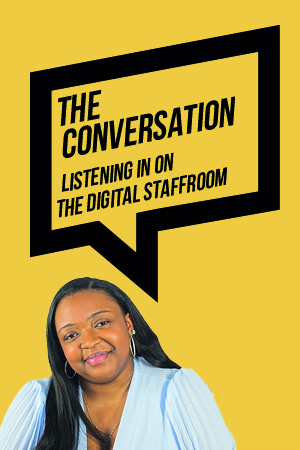Publisher
John Catt Educational Ltd
ISBN 10
No idea what gallimaufry is?
You’re not the only one. A quick search told me that it’s the perfect word to describe the curriculum in some of our schools; the “confused jumble” that many of our children are weaving their way through. Given Ofsted’s recent announcements, and the focus that curriculum design is now rightly attracting, this is a timely read that does a great job of disrupting our thinking around how we plan the what of learning.
So how do we get from here to coherence? Mary Myatt is very clear on this, and leaders and teachers will find plenty to start the process. Myatt’s writing is concise and each section is broken down into small chunks; this digestible read brings a real clarity to our thinking as she takes us through the fundamentals of the curriculum, planning, assessment and feedback, and finally leadership. The last section is split into subject areas, although with only a few pages per subject, I’m unsure how useful it will be when planning.
Relatable analogies from other fields highlight just how bizarre our practice can be in terms of what we attend to, and what we assume. Myatt invites us to imagine a restaurant owner who ensures his paperwork is complete, trains his front of house staff, and then just assumes, but never checks, that the chef is using top quality raw ingredients that will keep customers coming back for more. Sound familiar?
All of our children ought to be able to tell us what they are learning about and why it is important
Much of our work at the Institute for Teaching is grounded in cognitive science, and Myatt’s thinking also starts here. She argues that we need an understanding of this area of science if we want a coherent curriculum. We know that humans are hard-wired for stories, which are treated preferentially in our memories. Children form long-term memories more easily from narratives than from disjointed facts. The curriculum should therefore, she proposes, be based on a narrative that can keep “multiple strands all spinning at once”. This also helps children to make sense of the bigger picture – the why of their learning.
Myatt emphasises: “All of our children ought to be able to tell us what they are learning about and why it is important. If they can’t, we haven’t taught them properly.”
This will be a new starting point for many, but it’s key to coherence.
Knowledge is another of the book’s key themes. Myatt is unapologetic about how important it is that knowledge forms the backbone of a school’s curriculum – children need a lot of background knowledge in order to make sense of any new learning. The Curriculum presents useful research on this point; for example, comprehension can improve with increased background knowledge and knowing lots of “stuff” – regardless of static reading ability. This has huge implications for teachers when planning. Do we decide to teach the skill of comprehension, or the background knowledge of a text so that children have something to relate their new learning to? The latter, Myatt would argue, as comprehension skills are not transferable but highly text-specific. We cannot learn everything; planning is as much about deciding what not to teach as it is about what to include.
The narrowing of the curriculum is concerning for many of us in education, and Myatt is clear that we are “depriving our young people of intellectual, artistic and physical nourishment” if we don’t get our curriculum principles and planning right. Many will welcome this argument, as frustration grows with the prioritisation of accountability measures over knowledge.
I get the feeling that over the next academic year we’re all going to be spending a lot of time examining our thinking on the curriculum and asking whether we’re doing a good enough job of ensuring that our children are experiencing what they are entitled to. If you’re looking for something to help you move away from gallimaufry, here it is.













Your thoughts